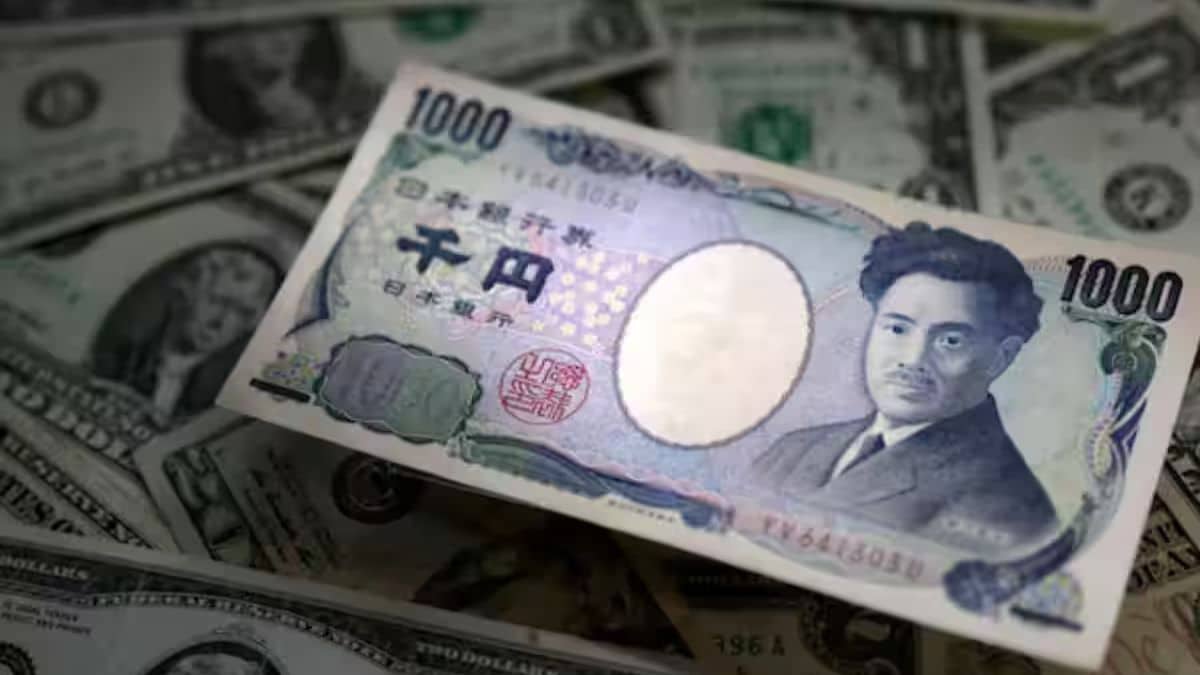
While Bank of Japan’s recently decides to maintain its current policy stance, a surge in yen selling has dominated market headlines. However, beneath the surface of this frenzied market activity lies a significant development that has largely been overlooked: signals indicating that the central bank might initiate a series of rate hikes in the years ahead, with a possible hike as early as autumn.
Despite the yen plummeting to a fresh 34-year low, the focus has remained on the BOJ’s decision to keep interest rates around zero, rather than on Governor Kazuo Ueda’s failure to signal that the currency’s decline might hasten the timing of the next rate hike.
Exclusive insights from BOJ watchers reveal that despite indications in the central bank’s quarterly report and comments from Ueda suggesting consecutive rate hikes, the failure to effectively communicate policy intentions has exacerbated the yen’s decline.
In the quarterly report released last Friday, the BOJ projected inflation to hover around its 2 per cent target over the next three years. Significantly, for the first time, the report mentioned the possibility of “adjusting the degree of monetary accommodation” – a clear hint at potential rate hikes – if economic conditions align with projections.
Nobuyasu Atago, a former BOJ official and chief economist at Rakuten Securities Economic Research Institute, asserts that the BOJ is essentially signaling a consecutive rate-hike plan, with the next hike expected in September. Atago predicts that short-term rates could reach around 1 per cent by the end of 2026.
Despite these signals, Ueda’s remarks about preemptively hiking rates if the weakening yen continues to fuel inflation and impacts corporate wage-setting behavior were largely ignored by traders fixated on the BOJ’s decision to maintain the status quo.
The communication challenge faced by the BOJ in countering yen depreciation is further compounded by the Federal Reserve’s stance on keeping U.S. interest rates high for an extended period. This dynamic has contributed to the massive downward pressure on the yen.
While more explicit hawkish signals from the BOJ may not necessarily alleviate the yen’s downward trajectory, effective communication remains essential as the central bank navigates the challenges posed by market expectations and global economic conditions.
